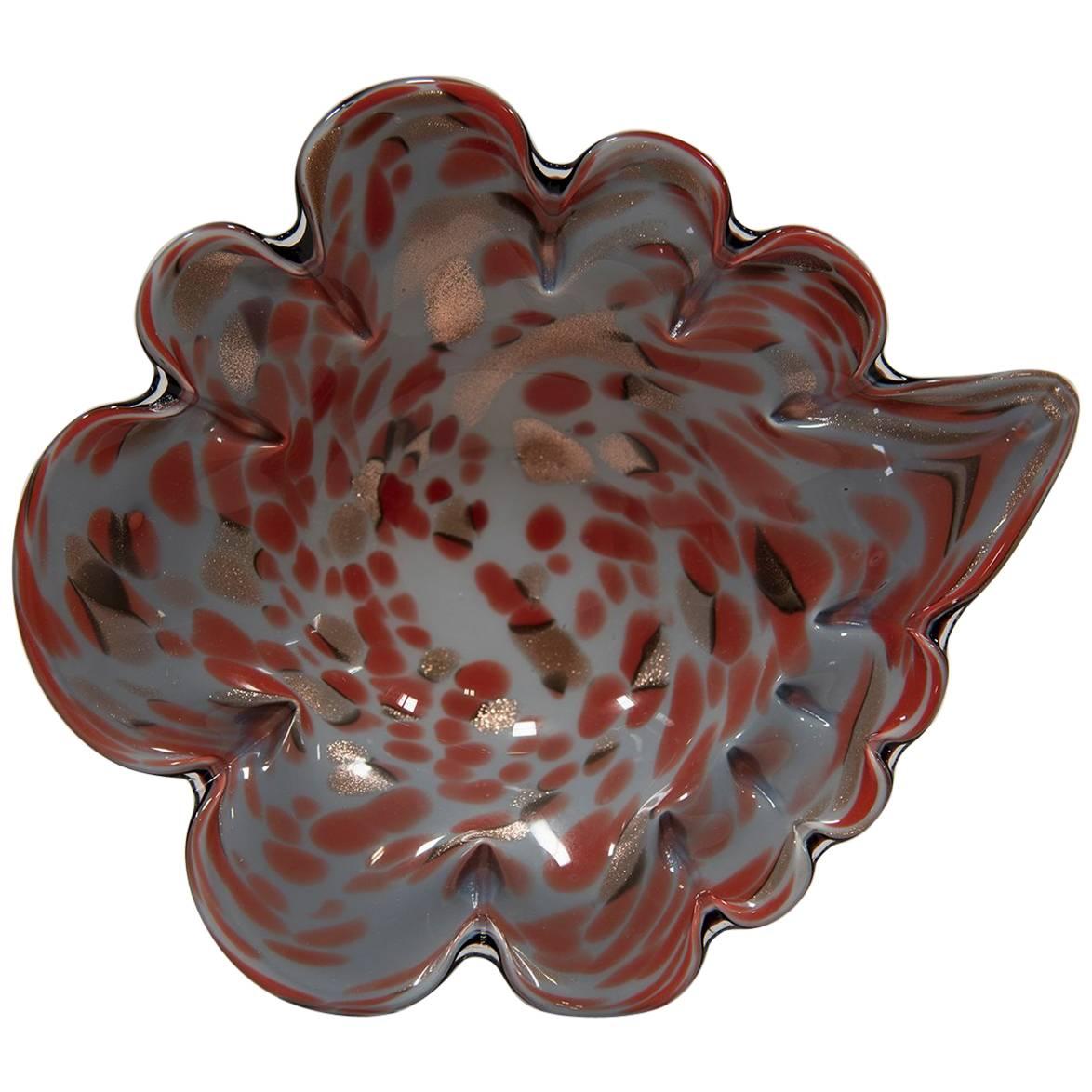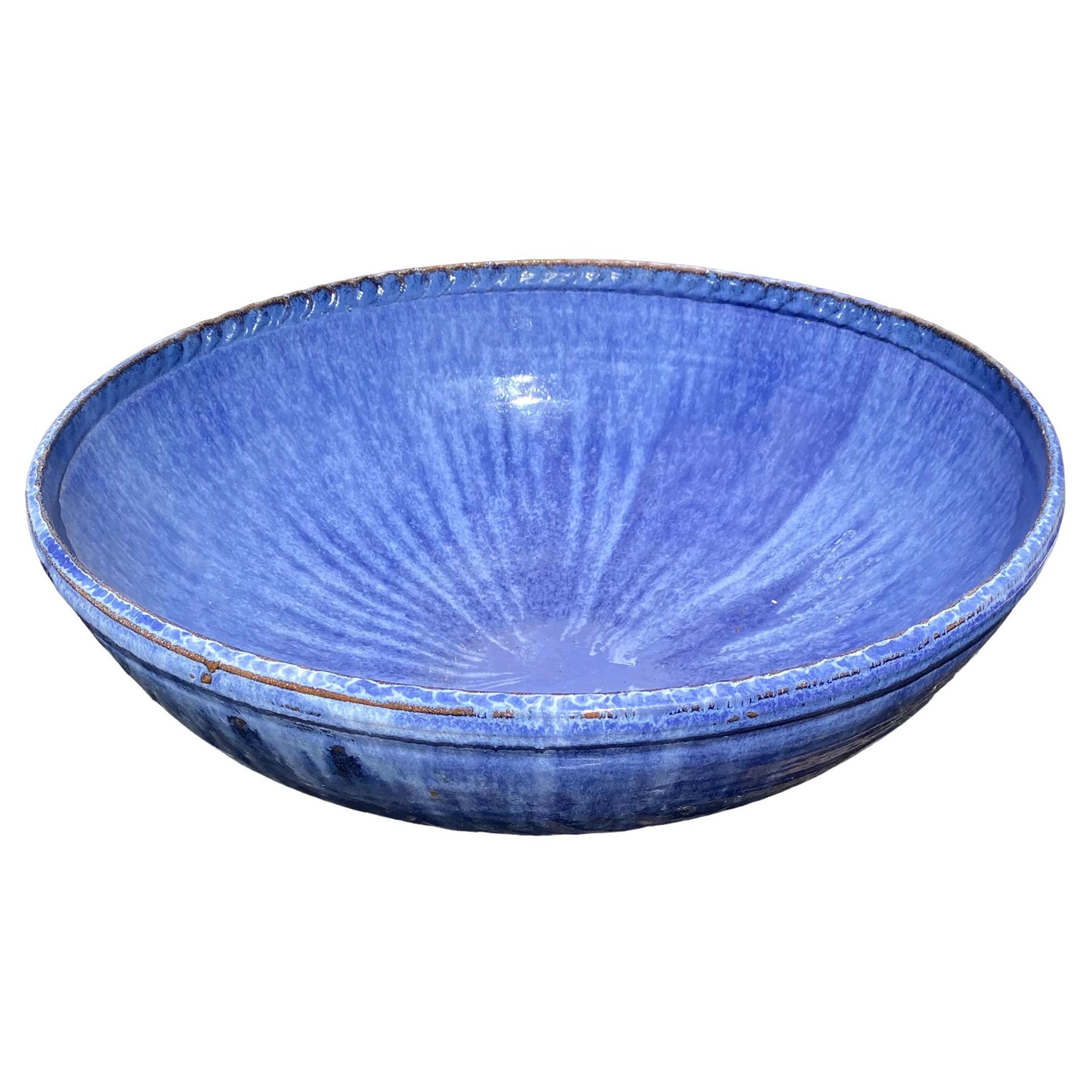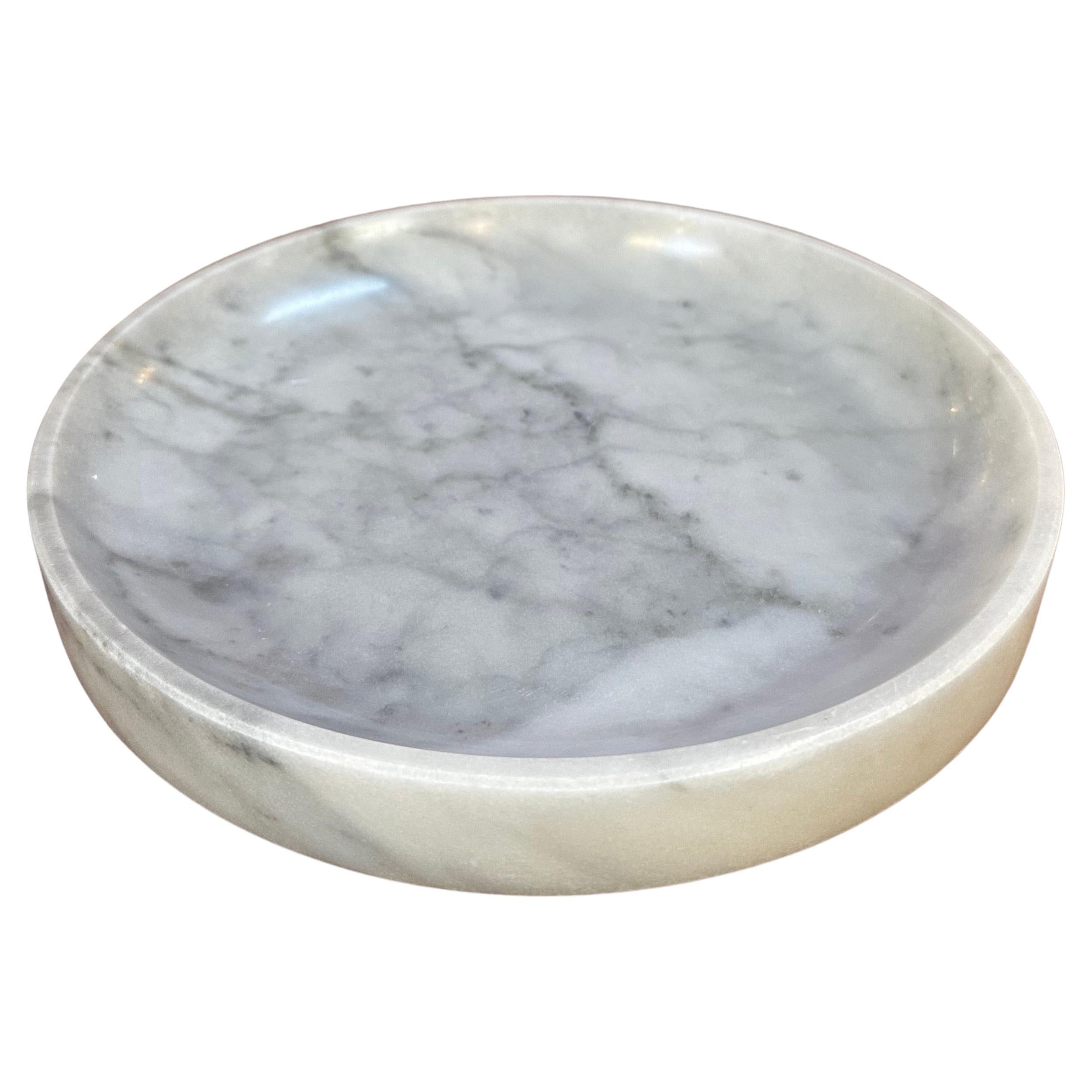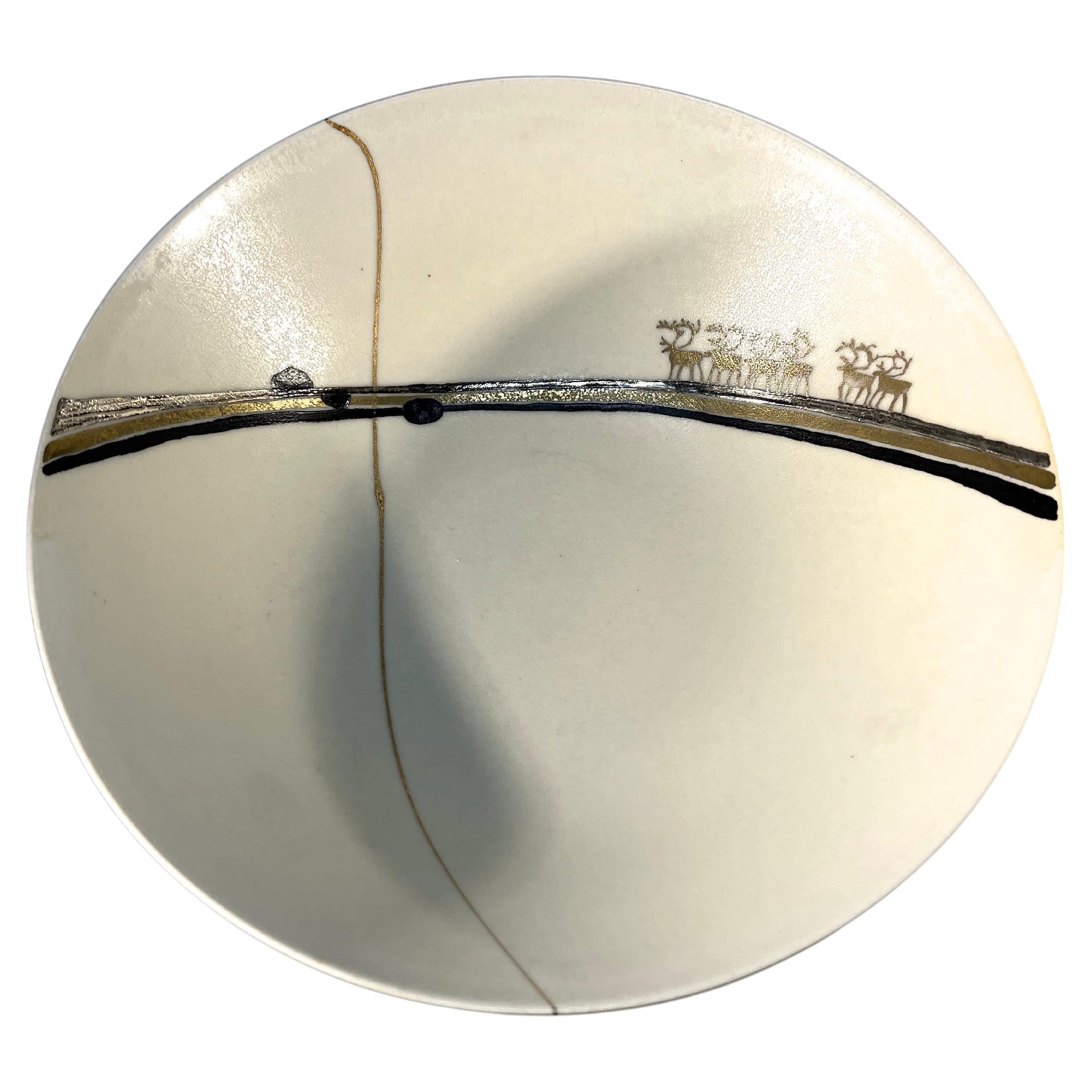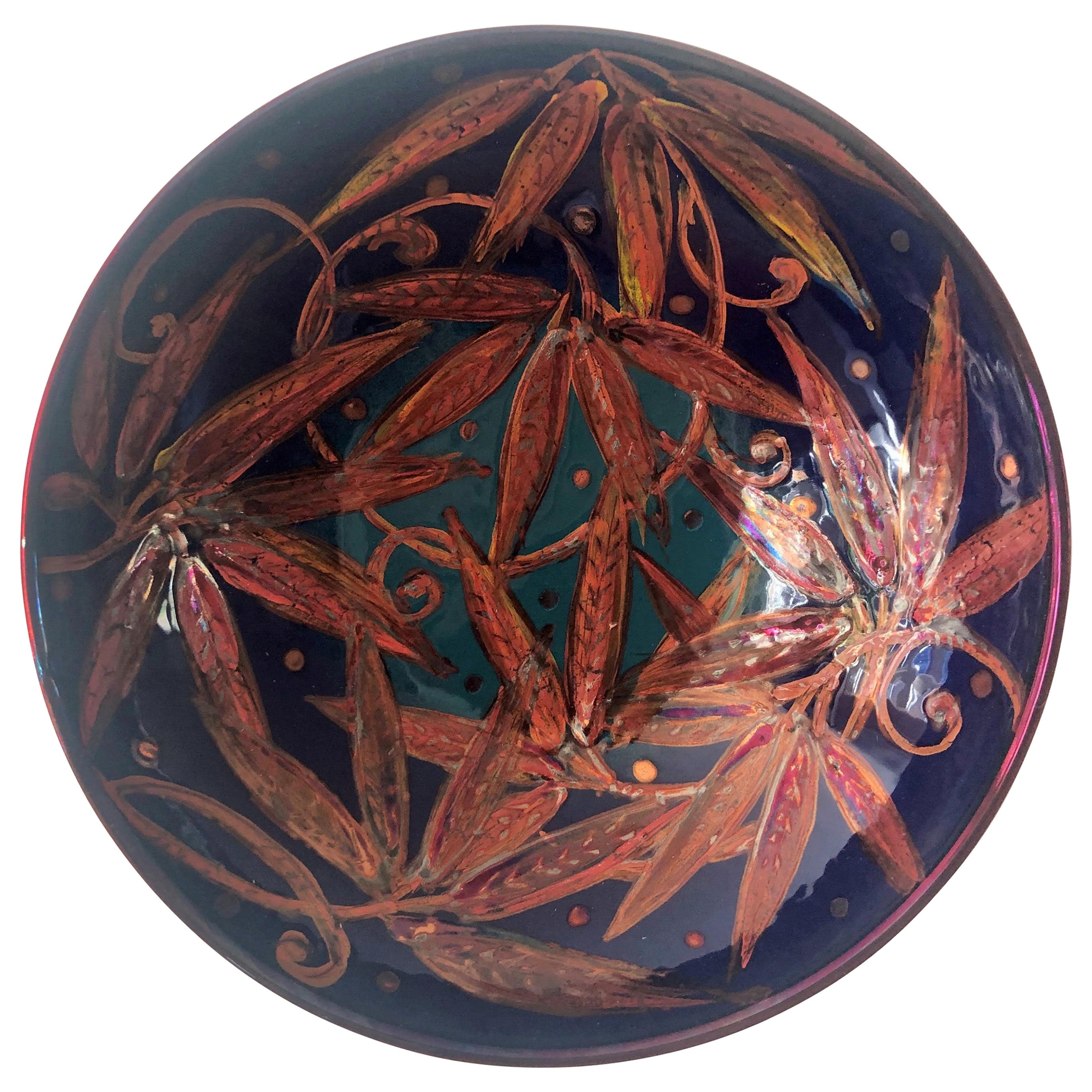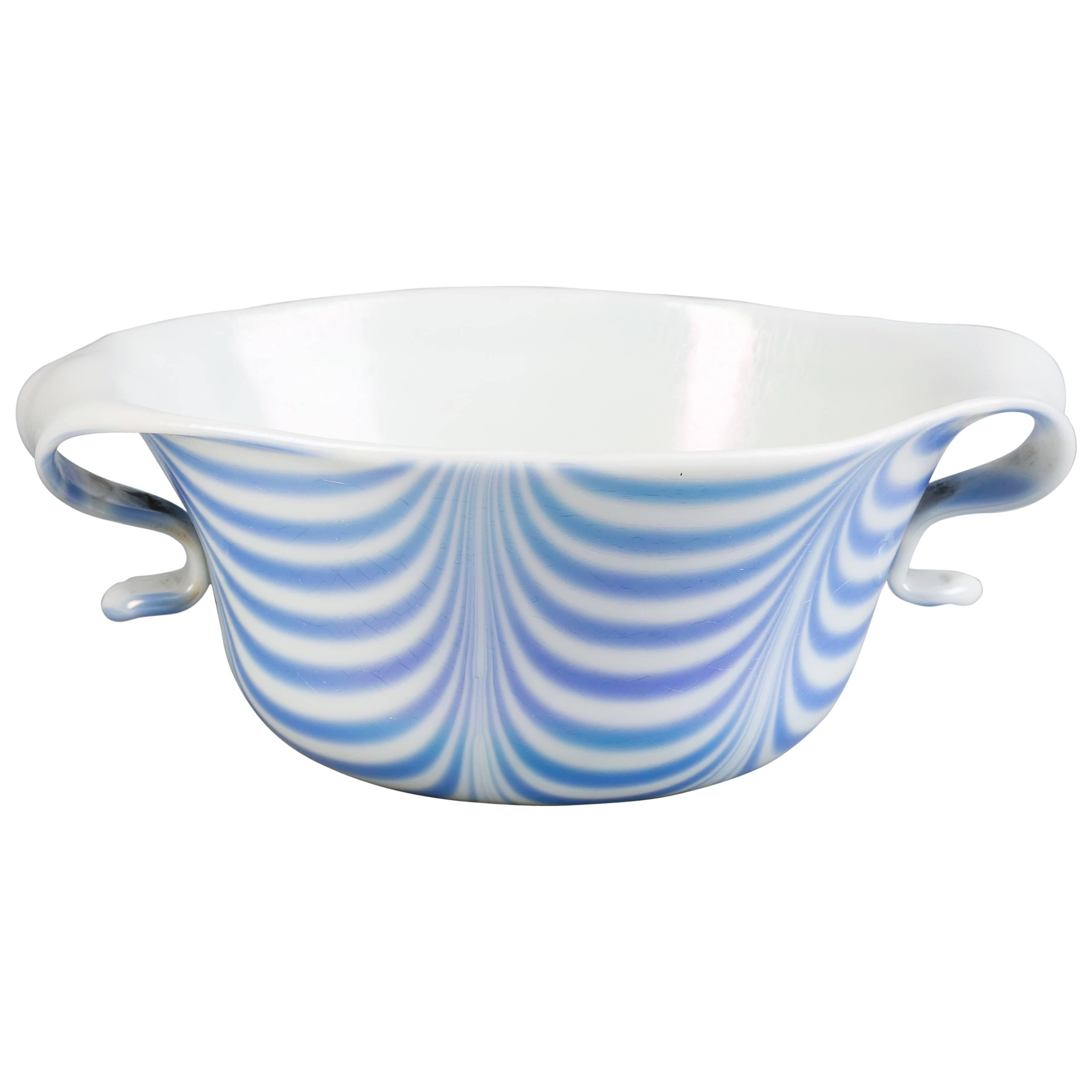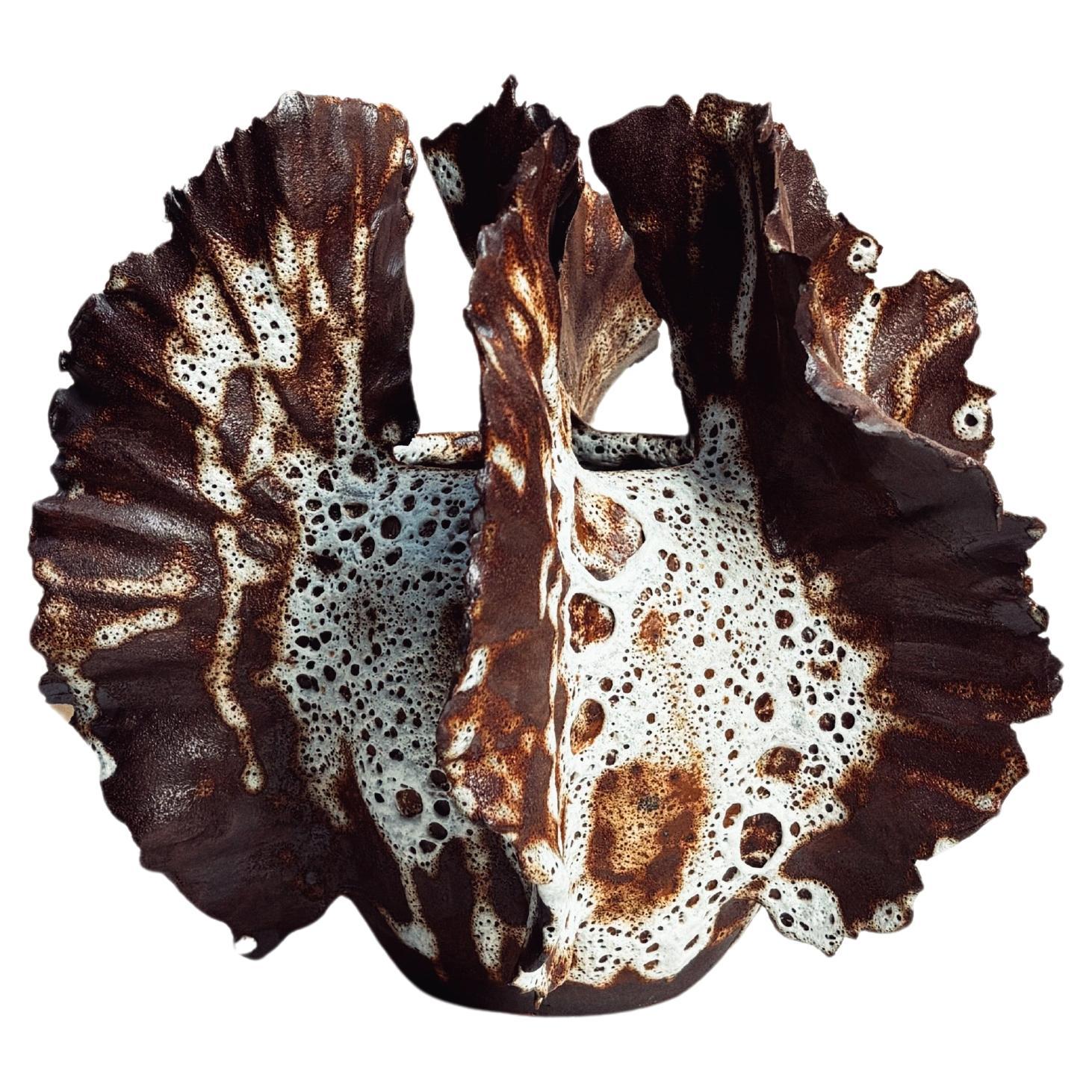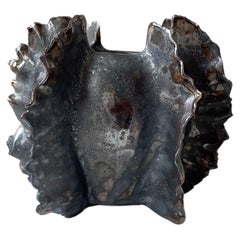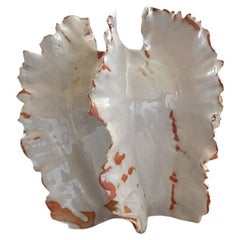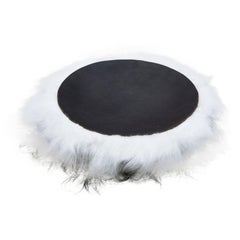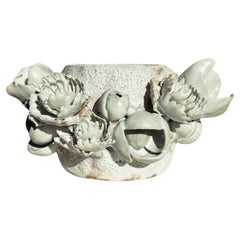
My Wild Garden Bowl by Chala Toprak
View Similar Items
Want more images or videos?
Request additional images or videos from the seller
1 of 7
Auction endedBrowse Current Auctions
My Wild Garden Bowl by Chala Toprak
About the Item
- Dimensions:Height: 4 in (10.16 cm)Width: 7 in (17.78 cm)Depth: 9 in (22.86 cm)
- Materials and Techniques:
- Place of Origin:
- Period:
- Date of Manufacture:2023
- Production Type:New & Custom(Current Production)
- Estimated Production Time:Available Now
- Condition:
- Seller Location:Brooklyn, NY
- Reference Number:1stDibs: LU7854237802472
Dear You Ceramics
I, Chala Toprak, started out as a fashion designer in my hometown of Istanbul, and after nine years craved a break from the fast pace and long nights. Swapping one metropolis for another, I found a home in Brooklyn in 2019, where I was curious to try a ceramics class. From the first moment working with clay, I knew it would become a permanent fixture in my life. Converting a corner of the apartment into a “Tiny Studio”, I found solace at the pottery wheel, every day happily discovering a liberty this art form provided. What started as a hobby quickly developed into something more as I found creative freedom and felt compelled to pursue ceramics full time. ‘Dear You’ was founded during the pandemic when I discovered that people appreciated and wanted to buy my porcelain pieces. Today I am the sole mind, hands and heart behind ‘Dear You’.
About the Seller
5.0
Vetted Seller
These experienced sellers undergo a comprehensive evaluation by our team of in-house experts.
Established in 2019
1stDibs seller since 2022
More From This SellerView All
- My Wild Garden Sculpture N.4 by Chala ToprakLocated in Brooklyn, NYThis one of a kind, two piece sculpture hand built and decorated with porcelain flowers and finished with the pure porcelain touch with only glaze inside. Dear You Ceramics...Category
2010s American Rococo Abstract Sculptures
MaterialsCeramic
- Wild Petals N.5 by Chala ToprakLocated in Brooklyn, NYThis one of a kind vessel hand built and finished with shino glaze. Dear You Ceramics is a Brooklyn based ceramic studio specializing in creating ...Category
2010s American Post-Modern Vases
MaterialsCeramic
- Wild Petals N.3 by Chala ToprakLocated in Brooklyn, NYDear You Ceramics is a Brooklyn based ceramic studio specializing in creating sculptural, functional pieces inspired by blossoms. Untitled Vase N.1...Category
2010s American Modern Vases
MaterialsCeramic
- Wild Petals N.2 by Chala ToprakLocated in Brooklyn, NYThis one of a kind, unique piece hand built and finished with textured glaze. Dear You Ceramics is a Brooklyn based ceramic studio specializing in c...Category
2010s Post-Modern Vases
MaterialsCeramic
- Wild Petals N.6 by Chala ToprakLocated in Brooklyn, NYDear You Ceramics is a Brooklyn based ceramic studio specializing in creating sculptural, functional pieces inspired by blossoms. Untitled Vase N.2...Category
2010s American Post-Modern Abstract Sculptures
MaterialsCeramic
- Wild Petals N.1 by Chala ToprakLocated in Brooklyn, NYThis once of a kind vase is handmade in 2023 with earthenware and fired with gaskiln and finished with textured glaze. Dear You Ceramics is a Brookl...Category
2010s American Abstract Sculptures
MaterialsCeramic
You May Also Like
- Edward Moulthrop Wild Cherry BowlBy Edward MoulthropLocated in St.Petersburg, FLAn unusual solid wild cherry bowl by Ed Moulthrop. A great example of American craft and wood working. A quick not note about EM. "Ed Moulthrop (1916-2003...Category
Vintage 1960s American Mid-Century Modern Decorative Bowls
MaterialsCherry
- Hairy Wild Man from Botany Bay Bowl Grey by Trent JansenBy Trent JansenLocated in Beverly Hills, CABroached monsters by Trent Jansen The vast majority of mainstream Australian mythology commonly used as a foundation for Australian identity is culturally exclusive. Both Indigenous myths, including post-colonial myths and precolonial dreaming stories, and non-indigenous Australian myths, including the bush legend, ANZAC tradition and convict legend, focus on the historical role that the race of authorship has played in building the nation. However, a contemporary understanding of Australian history acknowledges the contribution of both Indigenous and non-indigenous Australians in forging the nation, and the national identity which accompanies it. Instead of perpetuating the same exclusive national myths, perhaps Australians should adopt a national mythology that acknowledges this inclusive understanding of Australian history, a mythology that unites Australians of many backgrounds under a shared Australian identity. In his book on Australia’s Folklore of Fear, Robert Holden explores pre-colonial ideas of Australia as a Great Southern Land – an imaginary landmass conjured up to counterbalance the continents in the northern hemisphere, as far removed as possible from Britain, the center of the Christian world (Holden, 2001). Holden speaks of Australia as an imaginary world, occupied by unimaginable creatures and monsters. Holden is commenting in part on the mythical creatures that originated in both British and Aboriginal Australian folklore and were shared by the Aboriginal and non-Aboriginal inhabitants of Sydney during the early years of colonisation. Stories of the yahoo, a creature that resembled a slender man, with long white straight hair, extraordinarily long arms and great talons (Unknown 1842), captured the imaginations of the new British settlers, and soon a fear of the yahoo became a common ground between Aboriginal people and British settlers. is fear of a gruesome and vicious creature gained its potency from the folkloric tales that were used to substantiate its existence. These tales were suitably vague, their lack of detail attributed to the fierce nature of these creatures and the assumption that no one had survived an encounter (Holden, Thomas et al. 2001). The yahoo “became one of the very few Aboriginal legends to be embraced by the Europeans” (Holden, Thomas et al. 2001, p16), providing a catalyst for conversation between individuals from these two culturally disparate societies and forming some personal links between these communities. Could creature myths like the yahoo once again form the foundation of a united national...Category
21st Century and Contemporary Australian Decorative Bowls
MaterialsAluminum
- Hairy Wild Man from Botany Bay Bowl White by Trent JansenBy Trent JansenLocated in Beverly Hills, CABroached Monsters by Trent Jansen The vast majority of mainstream Australian mythology commonly used as a foundation for Australian identity is culturally exclusive. Both Indigenou...Category
21st Century and Contemporary Australian Decorative Bowls
MaterialsAluminum
- Hairy Wild Man from Botany Bay Bowl Grey by Trent JansenBy Trent JansenLocated in Beverly Hills, CABroached monsters by Trent Jansen The vast majority of mainstream Australian mythology commonly used as a foundation for Australian identity is culturally exclusive. Both Indigenous myths, including post-colonial myths and precolonial dreaming stories, and non-indigenous Australian myths, including the bush legend, ANZAC tradition and convict legend, focus on the historical role that the race of authorship has played in building the nation. However, a contemporary understanding of Australian history...Category
21st Century and Contemporary Australian Decorative Bowls
MaterialsAluminum
- Hairy Wild Man from Botany Bay Bowl White by Trent JansenBy Trent JansenLocated in Beverly Hills, CABroached Monsters by Trent Jansen The vast majority of mainstream Australian mythology commonly used as a foundation for Australian identity is culturally exclusive. Both Indigenous myths, including post-colonial myths and precolonial dreaming stories, and non-indigenous Australian myths, including the bush legend, ANZAC tradition and convict legend, focus on the historical role that the race of authorship has played in building the nation. However, a contemporary understanding of Australian history...Category
21st Century and Contemporary Australian Decorative Bowls
MaterialsAluminum
- Hairy Wild Man from Botany Bay Bowl Black by Trent JansenBy Trent JansenLocated in Beverly Hills, CABroached Monsters by Trent Jansen The vast majority of mainstream Australian mythology commonly used as a foundation for Australian identity is culturally exclusive. Both Indigenous myths, including post-colonial myths and precolonial dreaming stories, and non-indigenous Australian myths, including the bush legend, ANZAC tradition and convict legend, focus on the historical role that the race of authorship has played in building the nation. However, a contemporary understanding of Australian history acknowledges the contribution of both Indigenous and non-indigenous Australians in forging the nation, and the national identity which accompanies it. Instead of perpetuating the same exclusive national myths, perhaps Australians should adopt a national mythology that acknowledges this inclusive understanding of Australian history, a mythology that unites Australians of many backgrounds under a shared Australian identity. In his book on Australia’s Folklore of Fear, Robert Holden explores pre-colonial ideas of Australia as a Great Southern Land – an imaginary landmass conjured up to counterbalance the continents in the northern hemisphere, as far removed as possible from Britain, the center of the Christian world (Holden, 2001). Holden speaks of Australia as an imaginary world, occupied by unimaginable creatures and monsters. Holden is commenting in part on the mythical creatures that originated in both British and Aboriginal Australian folklore and were shared by the Aboriginal and non-Aboriginal inhabitants of Sydney during the early years of colonization. Stories of the yahoo, a creature that resembled a slender man, with long white straight hair, extraordinarily long arms and great talons (Unknown 1842), captured the imaginations of the new British settlers, and soon a fear of the yahoo became a common ground between Aboriginal people and British settlers. is fear of a gruesome and vicious creature gained its potency from the folkloric tales that were used to substantiate its existence. These tales were suitably vague, their lack of detail attributed to the fierce nature of these creatures and the assumption that no one had survived an encounter (Holden, Thomas et al. 2001). The yahoo “became one of the very few Aboriginal legends to be embraced by the Europeans” (Holden, Thomas et al. 2001, p16), providing a catalyst for conversation between individuals from these two culturally disparate societies and forming some personal links between these communities. Could creature myths like the yahoo once again form the foundation of a united national...Category
21st Century and Contemporary Australian Decorative Bowls
MaterialsAluminum
Recently Viewed
View AllMore Ways To Browse
501 Cherry
Anna Van Briggle
Glass Blown Decorative Bowls
Seguso Shell Bowl
Jewlery Bowl
Grape Vine Basket
Georg Jensen 17b
Woodturning Bowls
Big Natural Stone Mountains And Lakes
Pg Bowls Blue
Large Wood Bowl Organic
Brass Elephant Bowl
White Oak Bowl
Louis Vuitton Cleaning Cloth
Contemporary Ceramic Bowl
Murano Controlled Bubble Seguso
Murano Modern Purple Bowl Glass
Aluminium Bowl Bruce Fox


